It’s been six years since I left church. Six years since I stopped attending in-person worship services at a local congregation. Six years since I’ve held a ministry position (official or otherwise). Six years since I’ve had a congregation that I could call home.
This is not the way I thought my life would turn out when I graduated from seminary. It certainly wasn’t what I expected when I walked away from my career as a psychology professor in order to attend seminary. Since hearing my call to ministry 20 years ago, I always imagined myself as bivocational, actually trivocational, combining an academic position with congregational ministry and community engagement. This is what I told every district superintendent as we jointly discerned my path toward ordination in the United Methodist Church, even as they wrestled with the idea of an elder having a primary appointment in a seminary. It’s what I’ve told every dean. Indeed, in my nearly two decades (yikes!) as a seminary professor, I have intentionally chosen to work at institutions that valued my commitments to parish ministry and to social justice. Still here I am, living in denominational and congregational exile for six years now.
Still here I am, living in denominational and congregational exile for six years now.
In January 2017, I left the new UMC multicultural church plant that I’d served for two years as discipleship pastor. I hadn’t planned to leave. I hadn’t even been thinking about it. I’d simply been doing what I thought was my job. I’d signed onto the church’s launch team after a conversation with the senior pastor at my favorite coffee shop. He told me about his vision for a multicultural church. I told him about all the ways that I’d seen such churches fail, how most of them were multiracial but culturally White. He asked me to come on board as discipleship pastor and to use my expertise on racism and racial justice to keep the church accountable to the vision of genuine multiculturalism. After some thought and prayer, my partner and I decided to give it a try.
From the beginning, my family were all in. I spent my Friday mornings in leadership team meetings before heading off to do my academic research and writing. On Sundays, my family showed up at the church’s meeting place (a high school) at 7am, my seven-year-old joining the other kids in the school’s gym in the hours before and after worship as the adults transformed the auditorium and lobby into a sanctuary and children’s church area. I envisioned the kids forming deep friendships over the years, as deep (or more) as the adults would develop. Every Sunday, I got up on the stage to share the church’s vision and to connect it to current events. I talked about race and gender and justice and why it mattered in the life of the church.
Then one Sunday in fall 2016, after I’d been gone for two weeks of academic and ministry conferences, I was shocked when, during our weekly review of the order of service, the pastor turned to the outreach pastor and told him to do the welcome and vision statement that I normally did. I figured that they must be doing something special that they’d discussed at Friday’s leadership team meeting. When the moment came, though, there was nothing unique about it.
As it continued over the next few weeks, I realized that not only was I being sidelined, but that the church was becoming exactly what I’d feared: a White-centering church focused upon numerical growth rather than discipleship. Despite our early conversations about being willing to stay small so that we could focus on deep, justice-oriented discipleship, the pastor started mentioning local megachurches and their pastors as our ministerial role models, churches that no one in our area would associate with justice or multiculturalism. The language of racial justice was being replaced by the more saccharin language of “diversity” and “unity.” The music was straight out of CCM. As much as I love “Oceans,” a true multicultural church needs more than Hillsong and Gungor.
As much as I love “Oceans,” a true multicultural church needs more than Hillsong and Gungor.
It was not turning out the way that I’d hoped. But I wasn’t giving up. Even after the trauma of the 2016 presidential election – and my husband’s suspicion that the pastor’s wife might have voted for Trump – I thought I could course-correct.
That’s what I was trying to do one Friday morning in early January 2017 when the pastor talked about making changes to our worship service. In keeping with my role, I said that the discussion needed to address the revolving door of Black families in our ministry. African and African-American families would come for a few months, and then disappear. They’d often be replaced by other Black families, so we always had Black people in worship, just never the same Black people for more than a few months.
“If we’re going to be true to our vision, we need to have a conversation about why this is happening and what we’re going to do about it,” I said.
Our youth pastor, a young White male, cosigned my comment: “I’m glad you brought that up because I’ve noticed it too.”
The pastor shocked us both when he looked at us and said, “What I encourage all of you to do is to pray about your commitment to this church and whether this is the place that God wants you to be. And if not, you are free to leave.”
What the unholy fuck kind of response was that?! I fumed internally as the meeting wrapped up and I headed back home. Who said anything about leaving? No one said anything about leaving! No one’s even thinking about leaving!
It would be two more years before the viral video moment in which a young Black boy would look utterly dejected while saying, “I’m tired of this church,” into the microphone in a church sanctuary. As I drove home that day, I felt the portent of that boy’s fatigue.
I was tired of this church in all its versions – the historically Black version, the White progressive version, the evangelical megachurch version, even the not-that-kind-of-evangelical social justice version. I had tried all of these spaces and no matter how much I tried to fit into them, they always found some way to tell me that I was an outlier, an interloper, a misfit.
I was tired of this church in all its versions – the historically Black version, the White progressive version, the evangelical megachurch version, even the not-that-kind-of-evangelical social justice version.
“I am so tired of trying to fit!” I screamed in my car as I waited at a traffic light.
That’s when it came, the voice that was not my own saying, “Who told you that you had to fit?”
Be sure to subscribe below so you’ll be notified next week when I continue the story of my church wilderness journey!


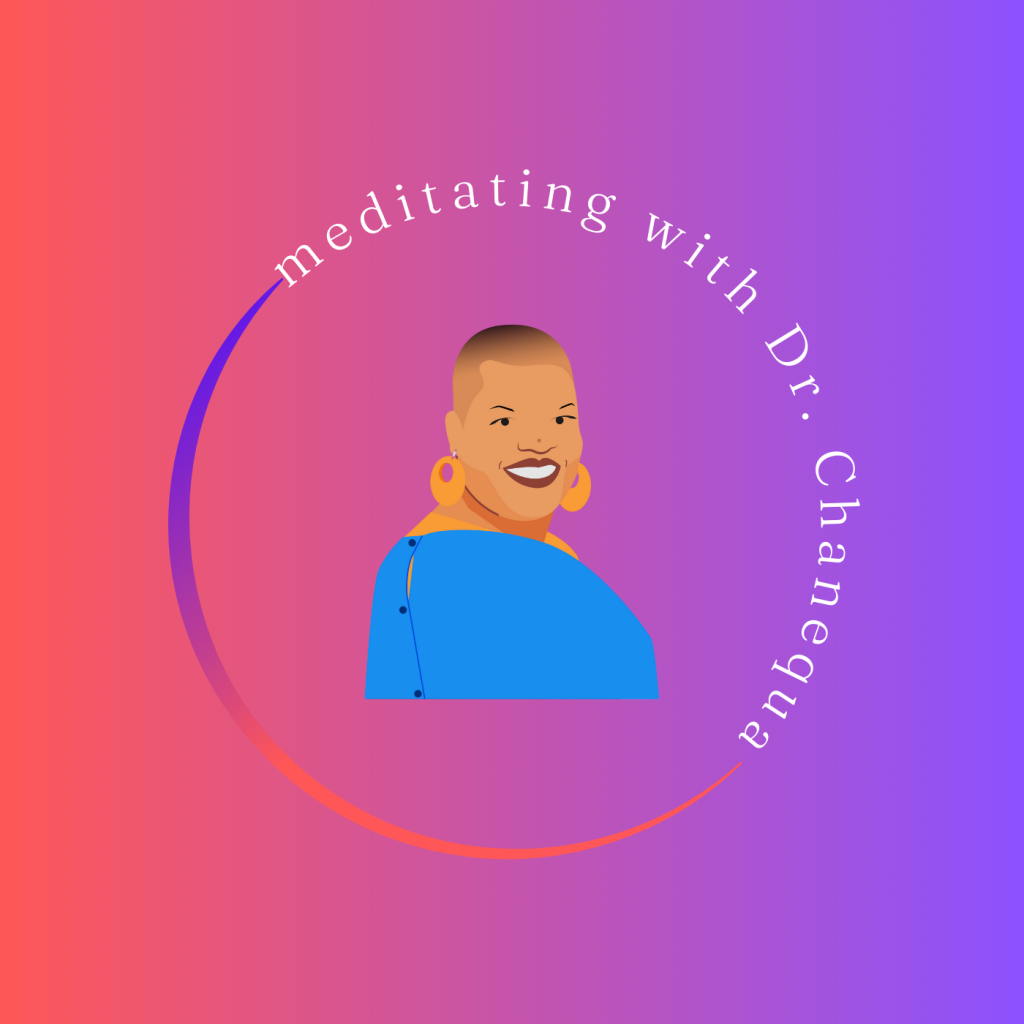

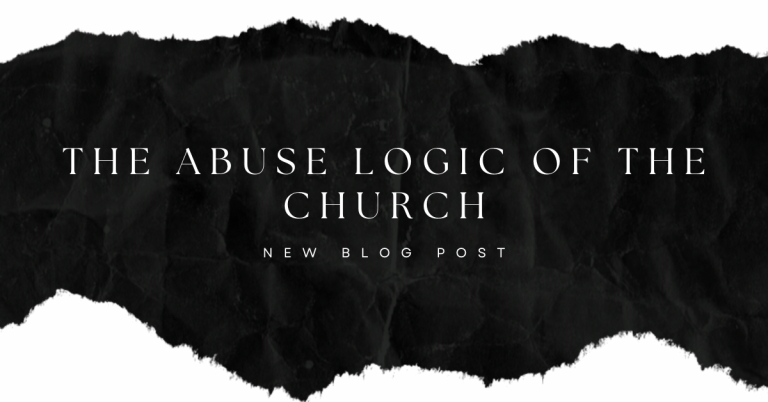


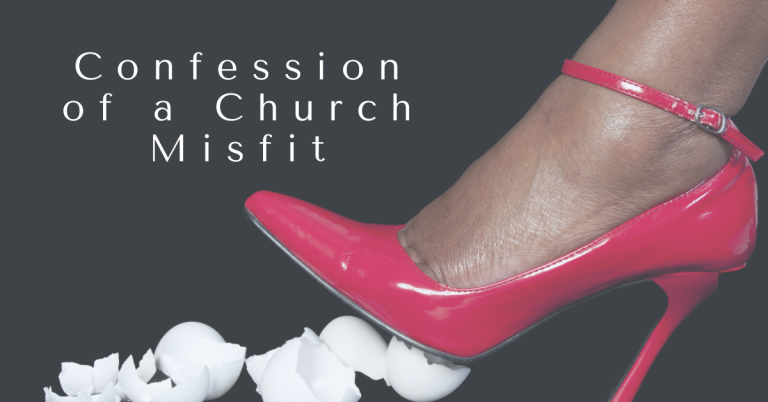
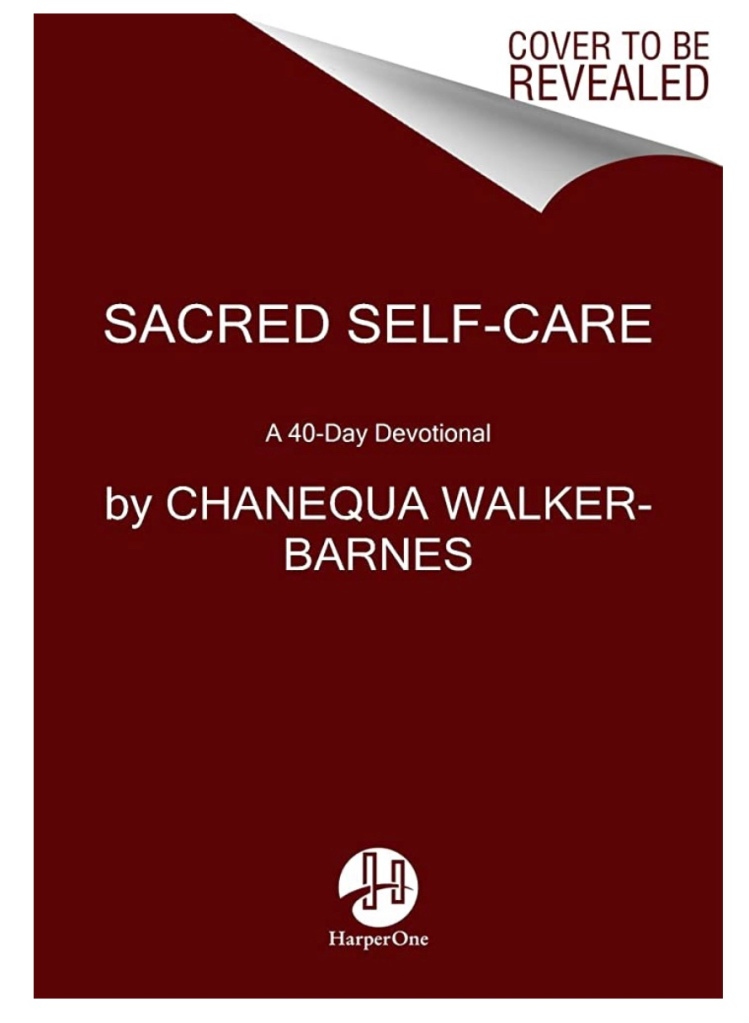



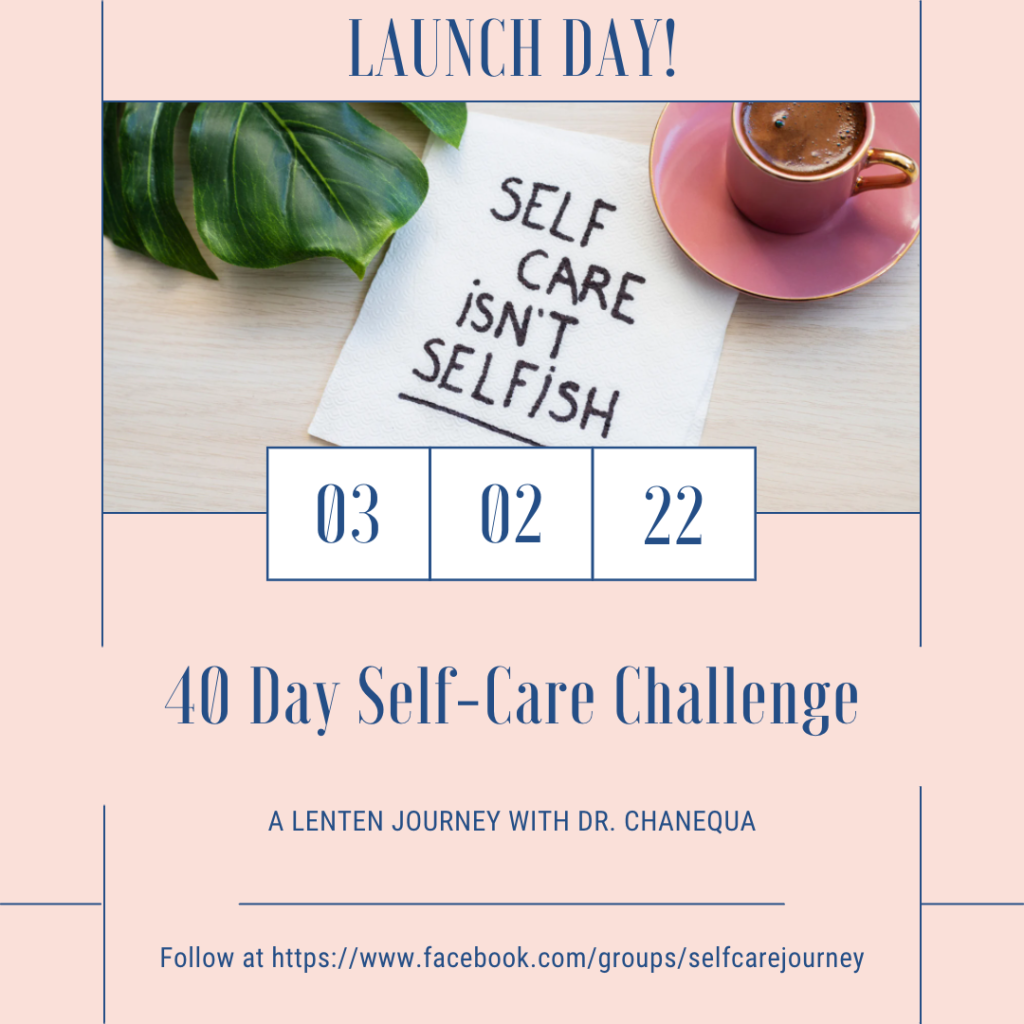
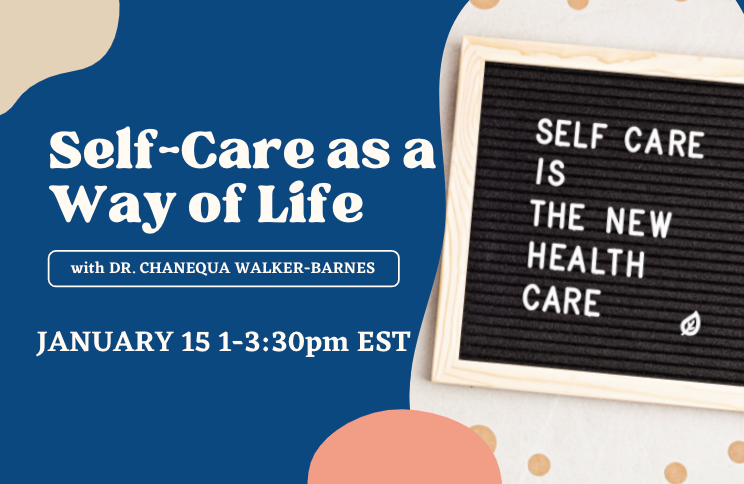
You must be logged in to post a comment.